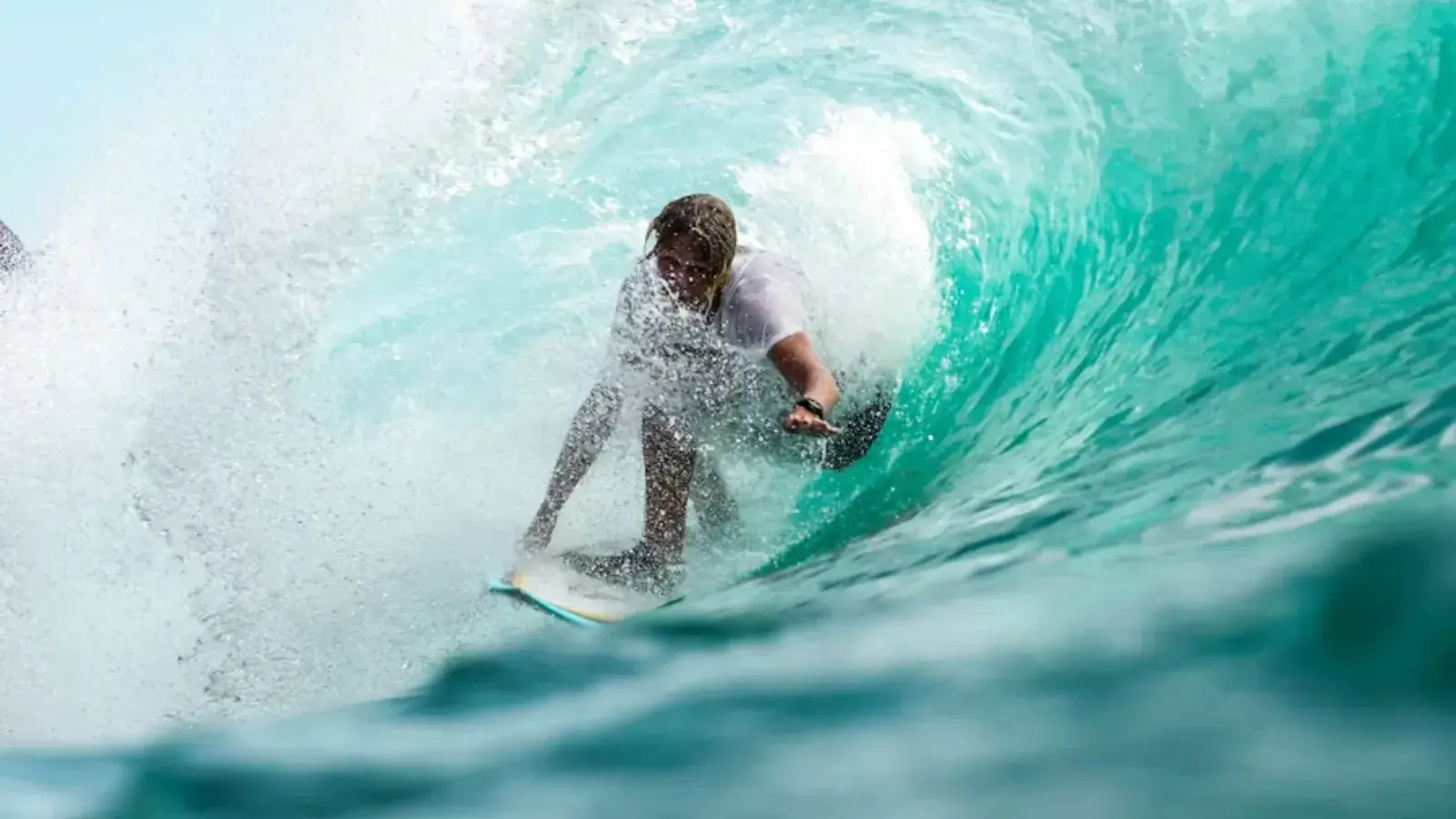


Most of us grew up thinking “sporty” people were born sprinting out of the womb, leaving the rest of us to dodge gym class dodgeballs. That story’s a myth. Picking a sport can be a bit like finding a favorite game genre: you fiddle with different titles until one makes you forget to check the clock. Plenty of competitive gamers do exactly that; they break for short workouts in between matches, test-drive new activities, then chat about the results in Discord. If you’re curious what that looks like in real time, pop over to this website — clips of players tackling jump-rope challenges beside RGB setups make the point that “athlete” isn’t a fixed identity.
The first mistake many newbies make is grabbing the trendiest workout on TikTok and hoping for fireworks. Instead, flip the script: begin with the mood you’re chasing. Do you need to burn nervous energy after work? Or would a slow, stretchy routine that unclenches your jaw feel better? Figure out the vibe before you google equipment.
Solo meter: 1 = crave group banter, 10 = blissfully introverted
Noise tolerance: soft lo-fi beats or stadium-level hype?
Nature craving: city park, indoor studio, or living-room rug?
Rule comfort: clear point system or pure freestyle?
Budget ceiling: pocket change, mid-range gadgets, or whatever’s free in the backyard?
Line up your numbers — patterns jump out fast. A high solo meter plus zero budget might push you toward body-weight circuits or longboard cruising. Low solo meter plus rule comfort could mean pickup basketball or community badminton.
Think of your first sessions as demo disks. Fifteen minutes is plenty to know if something sparks. Borrow a friend’s racket, cue up a beginner yoga video, or jog one block and see if your lungs protest or secretly cheer.
Shoot ten free throws at the local hoop; notice if you chase “just one more swish.”
Follow a five-pose beginner yoga clip on mute with your own playlist.
Cycle around two streets, no apps, just a gentle loop.
Toss a Frisbee with a roommate until one of you laughs at a bad catch.
Do three rounds of squats–push-ups–planks during game loading screens.
If you finish a micro-test curious instead of cranky, schedule another round. Curiosity is gold; boredom is the exit sign.
You’ll know you’ve hit a match when small victories feel oddly rewarding: a volley that pops just right, a stride that suddenly smooths out, or the simple realization your breathing calmed down. Collect those yes-moments; they form the gut memory that pulls you back tomorrow.
Marketing will try to sell you everything from smart insoles to sand-filled kettlebells. Resist — at least for a month. Use sneakers you already own, a borrowed mat, a sturdy backpack loaded with books. Upgrading later feels like a treat, not a gamble.
Park your shoes by the door so the option stays visible.
Tie workouts to an existing cue: coffee brews, you stretch; game patch downloads, you plank.
Use music as a timer, not an app — three songs equal roughly ten minutes.
Celebrate consistency with something tiny (a fancy soap, an extra gaming break).
Log feelings, not calories: “felt lighter,” “cleared my head,” or “knee ached — dial back.”
These nudges look simple, yet they shoulder the routine when motivation dips.
If you dread a session three times in a row, pivot. Switch surfaces: treadmill to trail, hardwood to sand. Trade singles for doubles, compete less or more, shorten or lengthen the window. The point is movement that pulls you in, not grinds you down.
Tracking weight or inches has its place, but early wins come faster through skills: your first straight-arm plank, a cleaner skateboard turn, a badminton rally that lasts more than two hits. Skill goals create story arcs — way more fun than staring at a scale number.
You don’t have to adopt an athlete persona or shout “beast mode.” Start where your feet are. Borrow, sample, pivot. Over a season you’ll build a playlist of activities: hike days, dance-along days, maybe even quiet stretching days when life feels loud. The prize isn’t a medal; it’s that moment when your body and brain high-five each other after moving in a way that feels like, well, you.